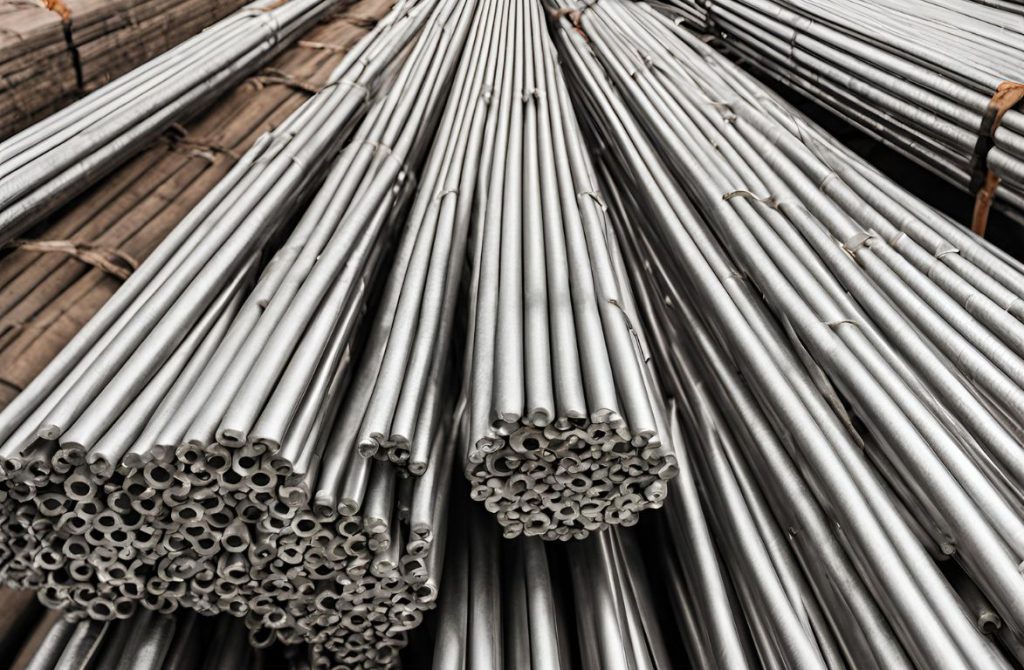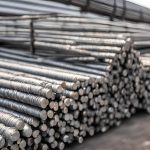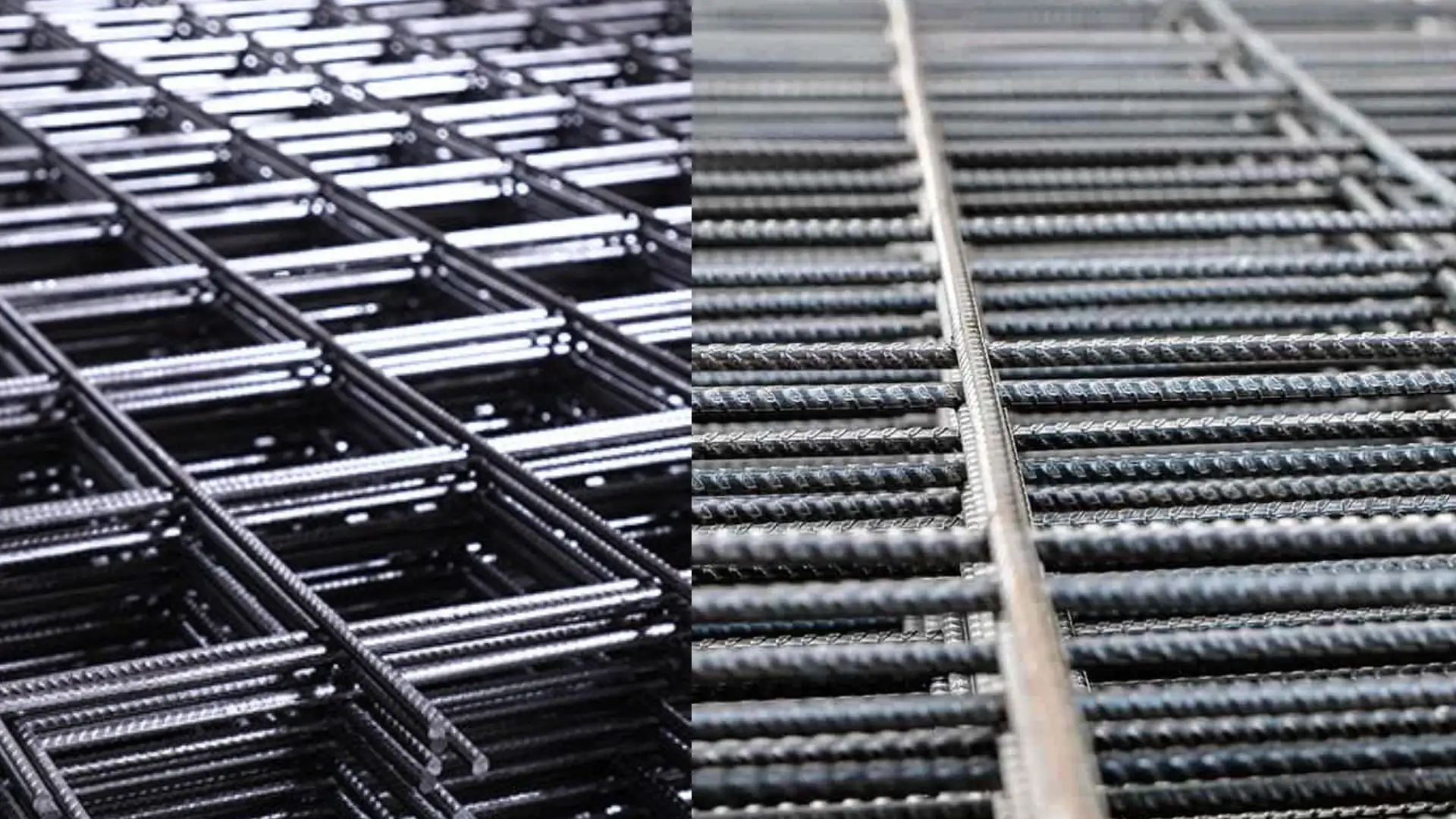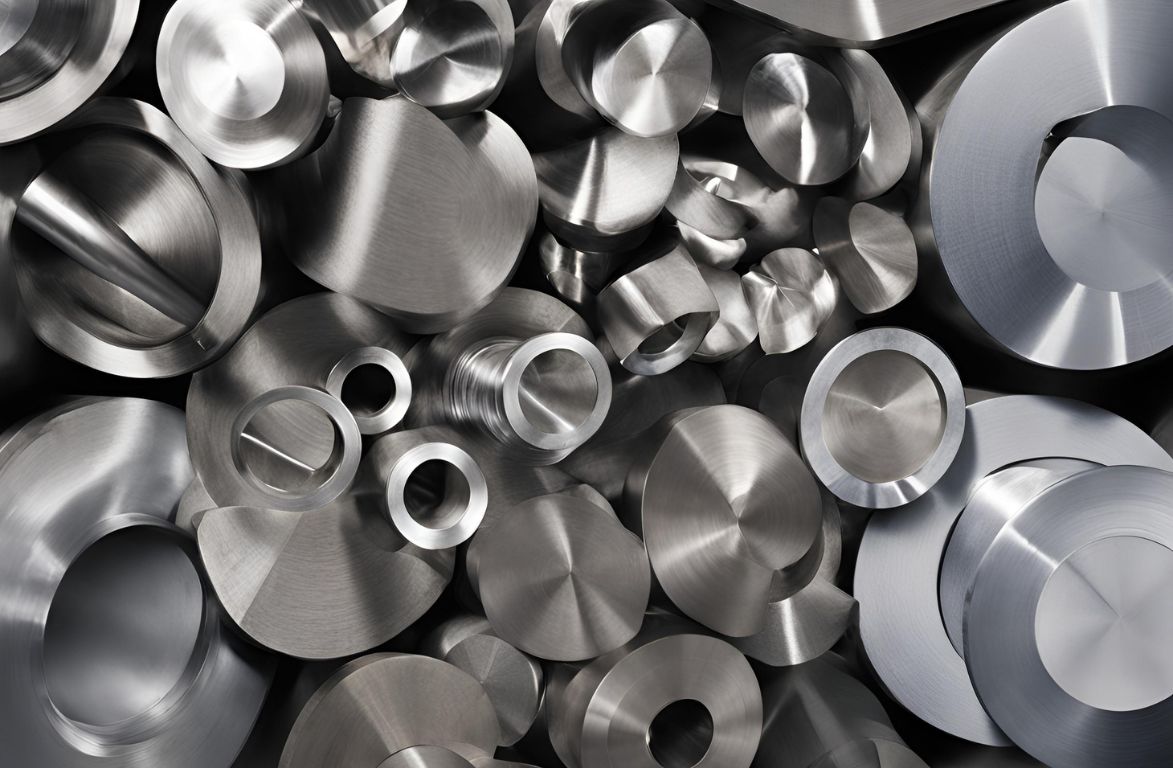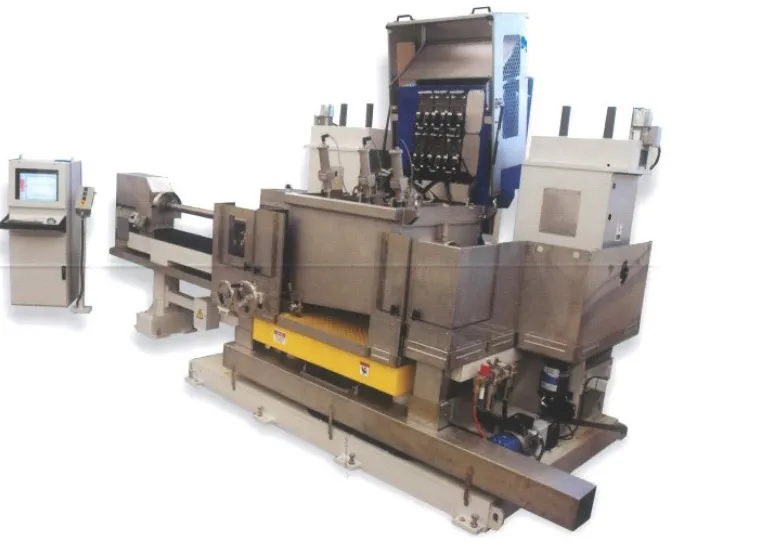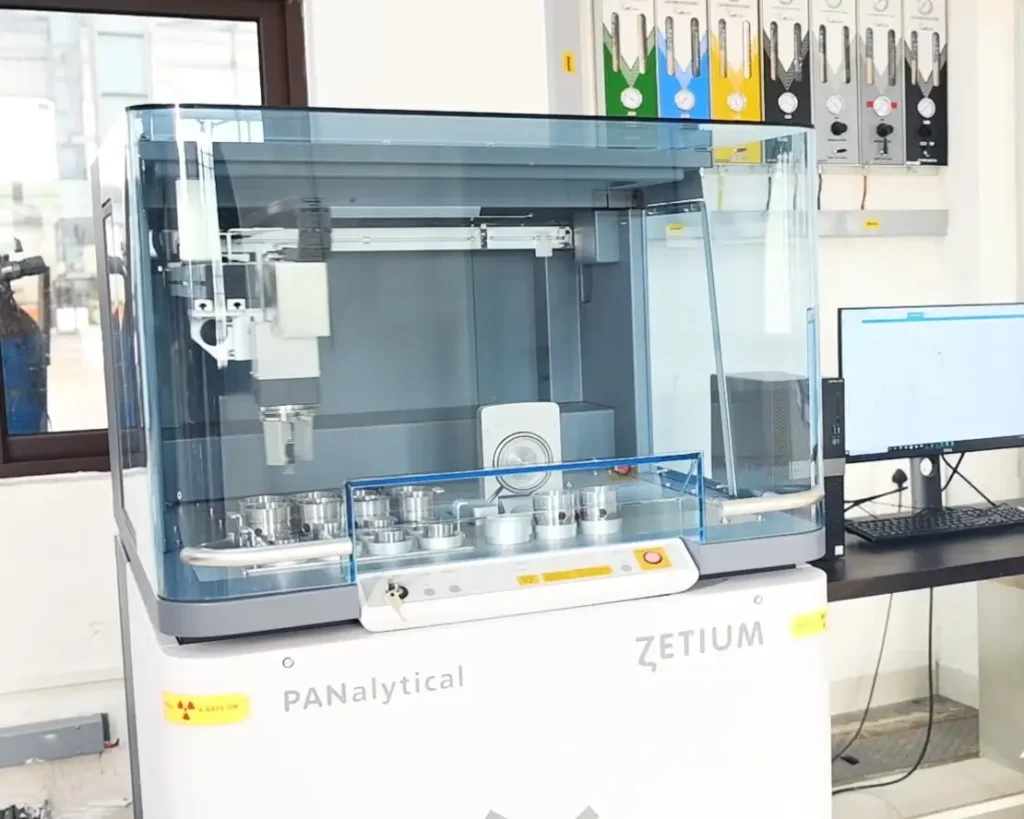When it comes to reinforced concrete construction, many companies and contractors prefer stainless steel rebars instead of conventional carbon steel rebars so that the service life of the structure is extended and lifecycle costs such as repairs and maintenance can be minimized.Stainless steel has a unique ability to efficiently resist corrosion caused due to chloride or other factors. This helps in increased durability of concrete. For this reason, stainless steel rebars are extensively used in structures like highway bridges, ramps and barrier walls, parking garages, marine facilities, tunnels, building foundations, and restorations. They are also an exceptional choice for the infrastructure of chemical and other process plants where corrosion resistance is extremely necessary.The strength and durability of the structure are important to ensure that it stays erect and unharmed during a seismic disturbance. Due to their excellent properties like high tensile strength, ductility, toughness, and fatigue resistance, stainless steel bars are a leading preference to build bridges and other structures in areas of high seismicity.For applications where the magnetic properties of basic carbon steel are not favorable, stainless steel rebars are the best alternative. As they have low magnetic permeability, they do not form a magnetic field and can be included where ambient magnetic fields from ferrous metals may damage sensitive machinery or processes.Since stainless steel rebar is high strength steel, the amount of concrete cover used in a project to prevent corrosion and disintegration can be greatly reduced. These days, many engineers and architects design various structures in accordance with the use of stainless steel bars which result in considerable saving in cost and material. Moreover, with stainless steel rebars, additional protection of belts and suspenders in bridges is unnecessary since this high –performance system is more than sufficient to provide the required protection. They also lead to less disruption in service operations since the need for repair or maintenance is negligible. The length of a stainless steel bar is an important factor when it is used in concrete reinforcement. In this process, the steel bars should be connected to each other to gain maximum length. This results in the overlapping of bars that reduces effective bar length. It also increases costs and degrades the strength of the structure. With long bars, the percentage of bar lost to overlapping is smaller and they need less time and effort to join as compared to several smaller bars. Moreover, they also save weight and space without any loss of strength.At Sunflag Steel, stainless steel rebars are available in different sizes and lengths so that you can use them in different projects and structures. These superior quality bars are characterized by all the mechanical properties that will make them last for a lifetime!
Celebrating International Yoga Day at Sunflag Steel!
On June 21, 2024, Sunflag Steel enthusiastically celebrated International Yoga Day by conducting a special "Office Yoga" session for our employees. This engaging event was thoughtfully designed to promote both…

